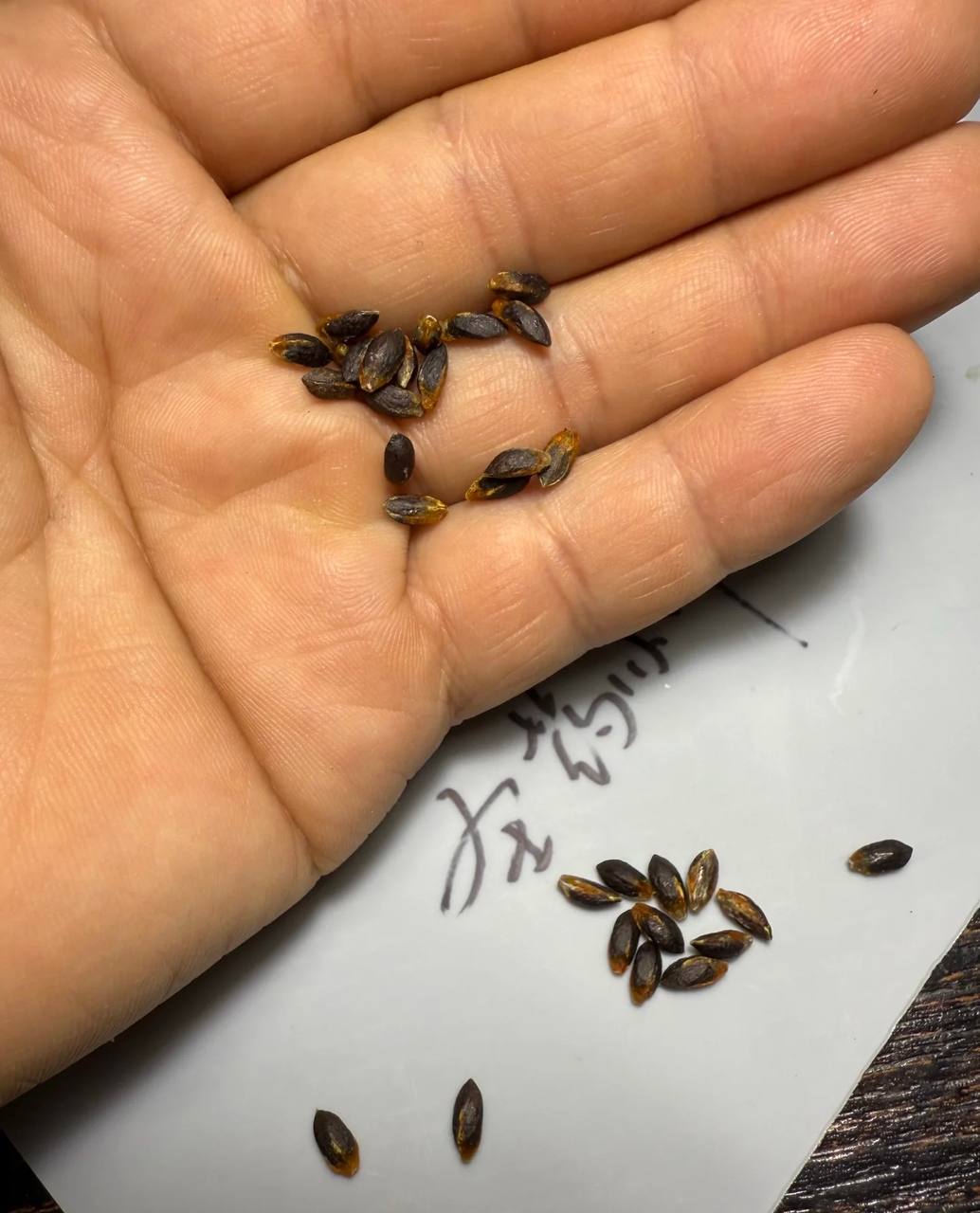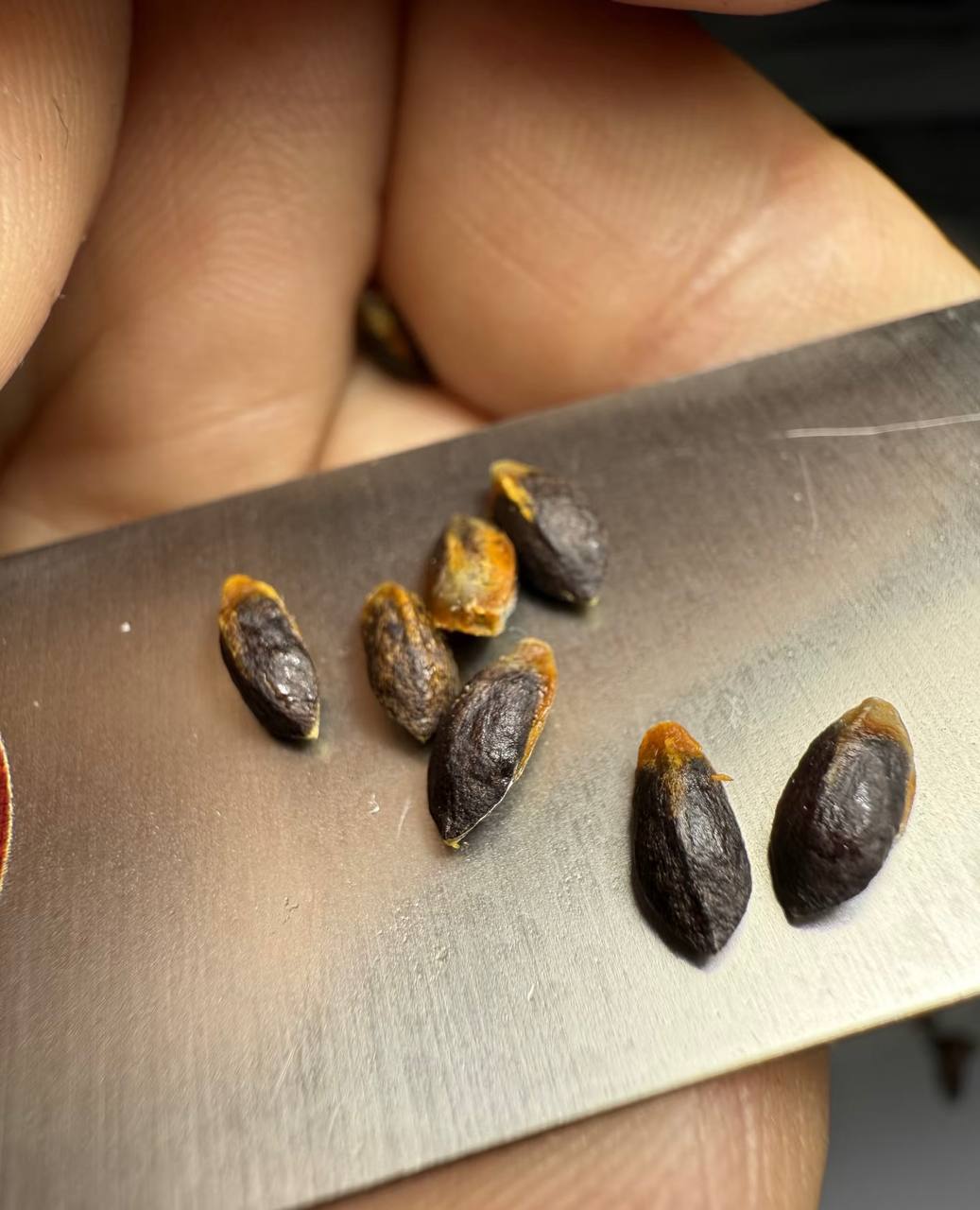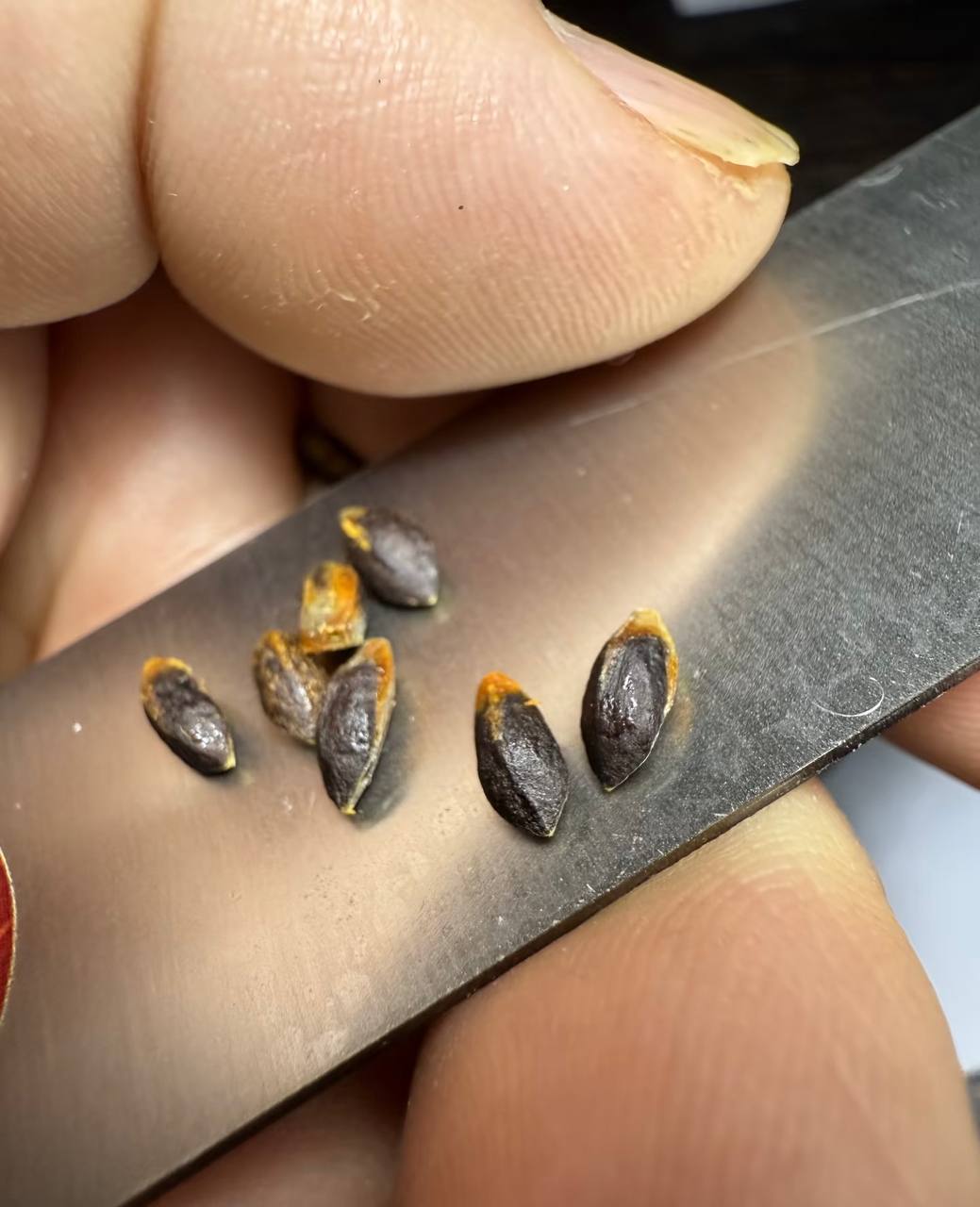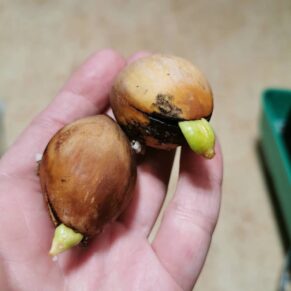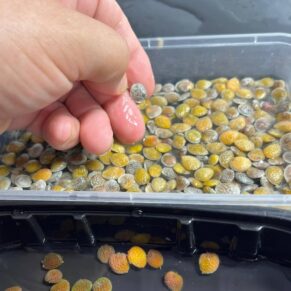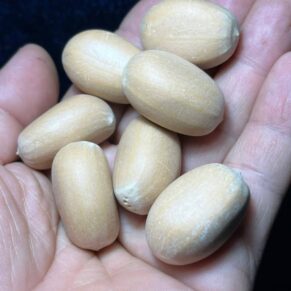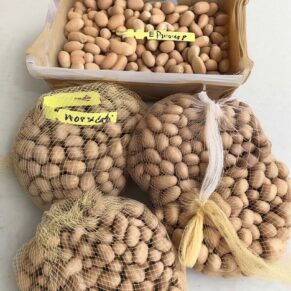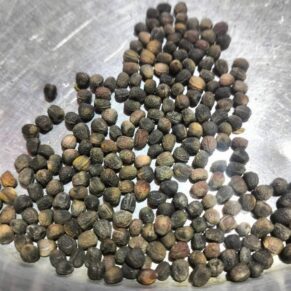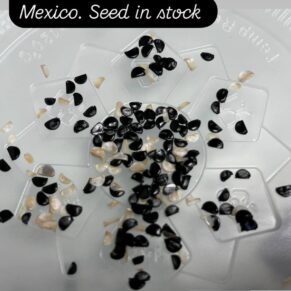- Your cart is empty
- Continue shopping
Shop
Commiphora gileadensis seeds
Price range: $60.00 through $499.99
Buy high-quality Commiphora gileadensis seeds and learn how to grow the rare Balm of Mecca plant with expert tips on germination and care.
🌿 Introduction to Commiphora gileadensis Seeds
Commiphora gileadensis, commonly known as the Arabian balsam tree, balm of Mecca, or Mecca myrrh, is a remarkable plant species native to the arid regions of the Middle East, including Saudi Arabia, Yemen, southern Oman, Sudan, and southeast Egypt. Revered for its aromatic resin and medicinal properties, this plant continues to captivate botanists, herbalists, and enthusiasts of natural remedies.Shop here
The seeds of Commiphora gileadensis are the starting point for cultivating this unique species. Understanding their characteristics, germination requirements, and cultivation methods is essential for successful propagation.Facebook group
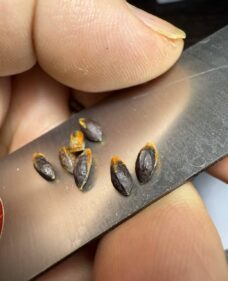
🌱 Botanical Profile of Commiphora gileadensis
Commiphora gileadensis is a deciduous shrub or small tree that typically grows up to 4 meters in height. The plant features:
-
Leaves: Pinnate with 3–5 leaflets, oblong in shape, and 5–40mm long .Shop here
-
Flowers: Red, sub-sessile, and borne in clusters of 1–5 on short condensed side shoots among the leaves.
-
Fruits: Dull red, marked with four longitudinal white stripes, one-seeded, and splitting into 2–4 valves when mature.
The seeds produced by this plant are vital for its propagation and play a crucial role in its lifecycle.
🌾 Characteristics of Commiphora gileadensis Seeds
The seeds of Commiphora gileadensis are small, hard, and encased in a tough seed coat. These characteristics contribute to their dormancy and require specific conditions for successful germination.

🌿 Germination and Propagation of Commiphora gileadensis Seeds
Seed Collection
To obtain viable seeds, collect them from mature plants during the fruiting season, which typically occurs from May to August. Ensure that the seeds are ripe and have not been damaged by pests or environmental factors.
Seed Preparation
Before planting, it may help to soak seeds in water for 24–48 hours to soften the seed coat and improve germination rates. This process, known as scarification, mimics natural processes that break down the seed coat.
Planting Medium
Use a well-draining potting mix, such as a combination of sand and peat or a commercial seed-starting mix. The soil should be kept moist but not soggy to prevent fungal infections.
Sowing Seeds
Scatter the seeds on the soil surface and lightly press them into the medium. Do not cover them with soil, as they require light for germination.
Light and Temperature
Place the container in a warm location with bright, indirect light. Maintain a temperature of around 70–80°F (21–27°C) for optimal germination.
Moisture and Humidity
Water gently to keep the soil moist but not soggy. Consider covering the container with a clear plastic lid or a plastic bag to maintain humidity until germination occurs.
Germination Time
Seeds typically take several weeks to a few months to germinate, depending on environmental conditions. Be patient and maintain proper moisture levels.
Transplanting Seedlings
Once the seedlings have developed a few sets of true leaves, they can be transplanted into individual pots with well-draining soil. Gradually acclimate them to outdoor conditions before planting them in their final location.
🌿 Cultivation and Care of Commiphora gileadensis
Soil Requirements
Commiphora gileadensis prefers well-draining soils that are moderately fertile. It is essential to ensure the soil is not waterlogged, as the plant does not tolerate wet conditions. Sandy or loamy soils with good drainage are ideal.
Watering Needs
Watering should be infrequent, as this plant is adapted to dry conditions. Overwatering can lead to root rot. Water deeply once every week during the growing season and once a month during the dormant season.Shop here
Fertilization
The plant does not require frequent fertilization. However, a slow-release fertilizer can be applied in early spring to provide the nutrients that the plant needs for optimal growth. Alternatively, a light application of compost can be added to the soil annually.Shop here
Pruning
Commiphora gileadensis does not require extensive pruning. However, dead or damaged branches should be removed as soon as they are noticed. Pruning can also be used to shape the plant and encourage healthy growth. It is best done in late winter or early spring before new growth appears.
🌿 Medicinal and Aromatic Properties of Commiphora gileadensis
The seeds, along with other parts of Commiphora gileadensis, are known for their medicinal and aromatic properties:
-
Aromatic Resin: The plant produces a fragrant resin when the bark is cut, which hardens upon exposure to air. This resin has been used in perfumes and incense.
-
Medicinal Uses: Traditionally, extracts from the seeds and other parts of the plant have been used to treat various ailments, including skin infections and respiratory diseases.
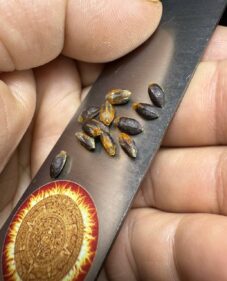
commiphora gileadensis seeds
🌿 Conservation and Sustainability
Commiphora gileadensis is considered an important plant due to its economic value and medicinal properties. However, it is currently disappearing from its natural habitat due to overgrazing, overuse by indigenous populations, and climate change-associated conditions.
Conservation efforts are essential to protect this species and ensure its availability for future generations. Sustainable harvesting practices and habitat restoration are crucial components of these efforts.Shop here
🌿 Conclusion
The seeds of Commiphora gileadensis are the foundation for cultivating this unique and valuable plant. Understanding their characteristics, germination requirements, and cultivation methods is essential for successful propagation and conservation of this species.
By providing detailed information on the propagation and care of Commiphora gileadensis seeds, this guide aims to support enthusiasts, researchers, and conservationists in their efforts to cultivate and preserve this remarkable plant.Shop here

| Qty | 50, 100, 200, 500, 1000 |
|---|




